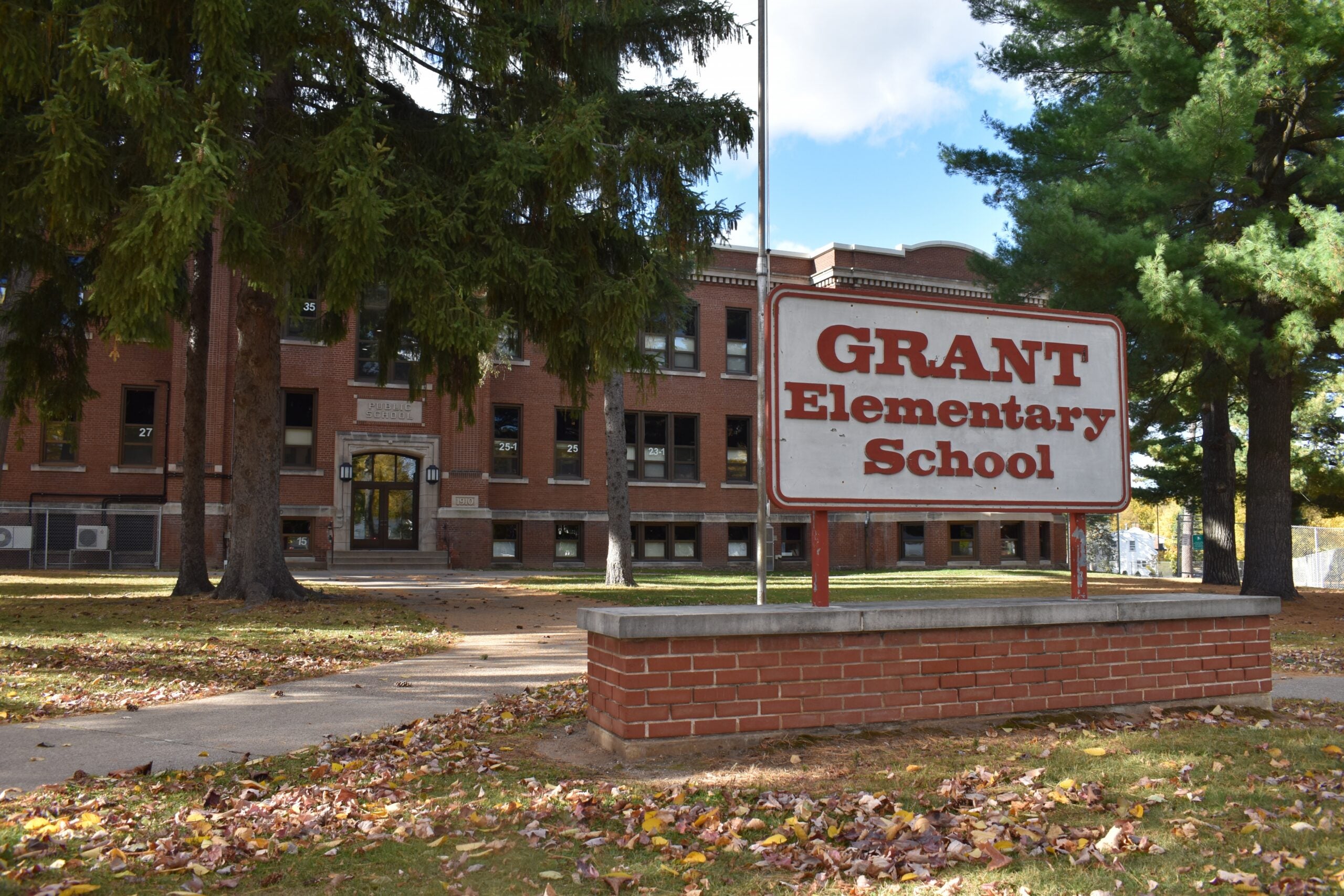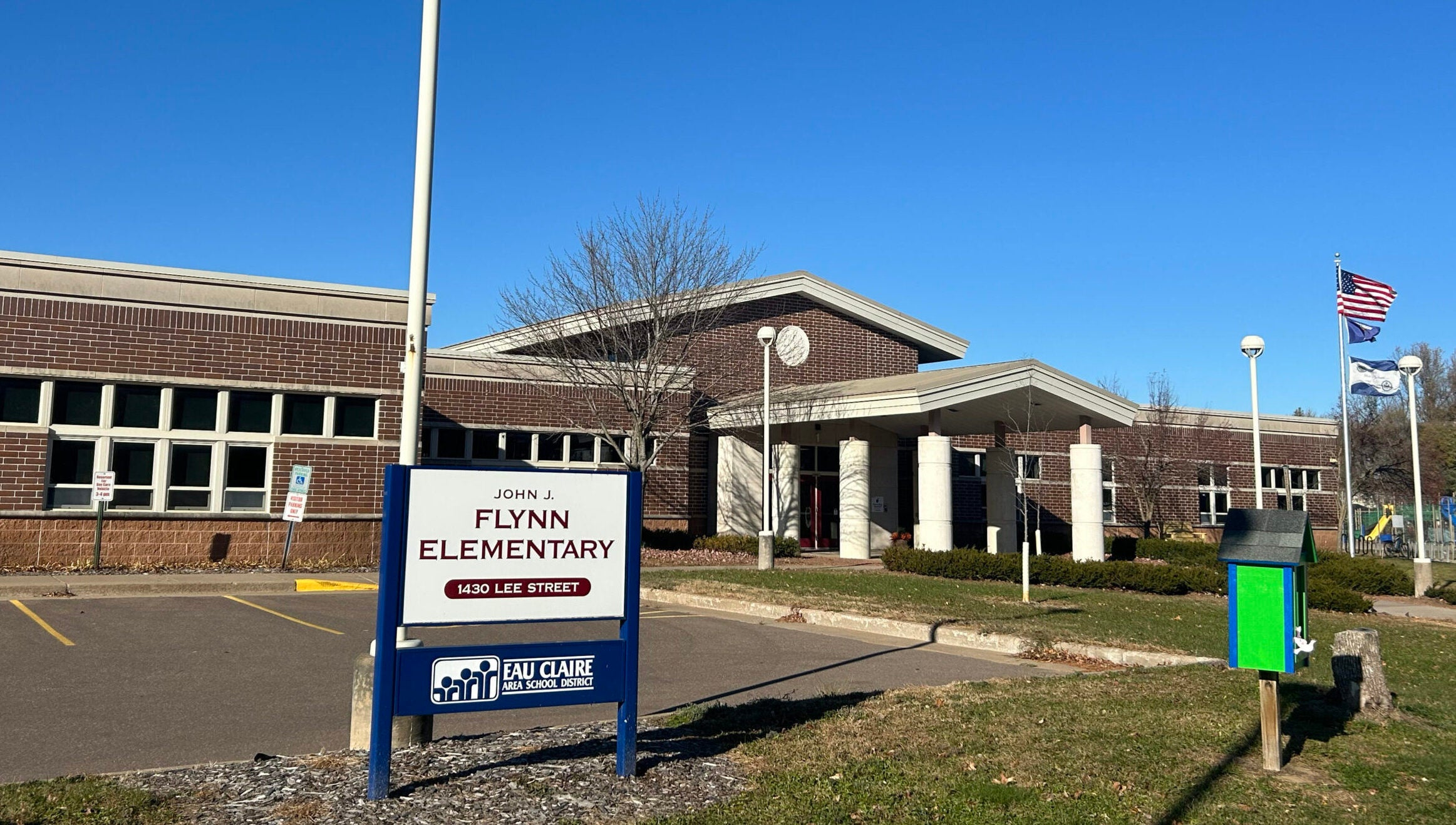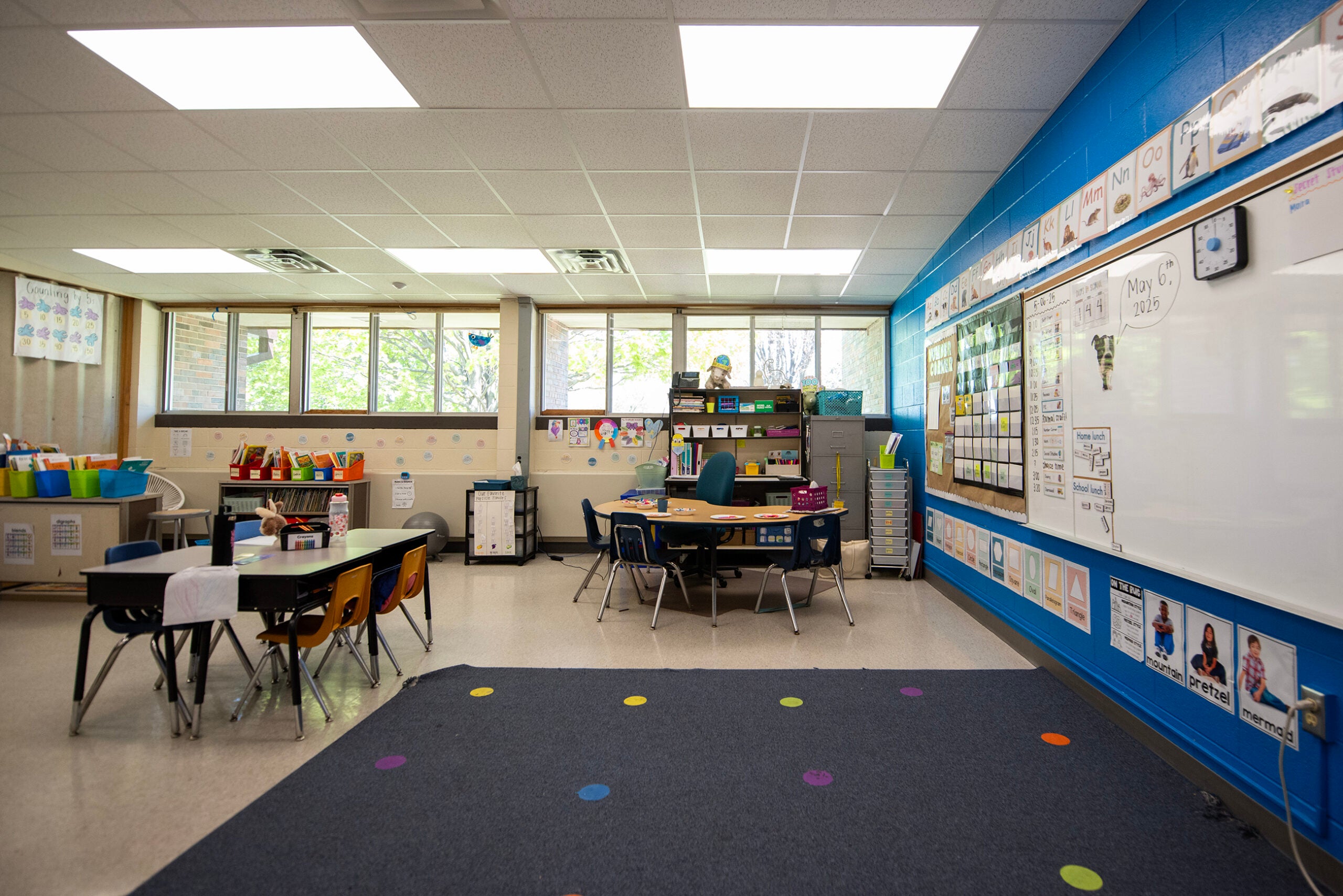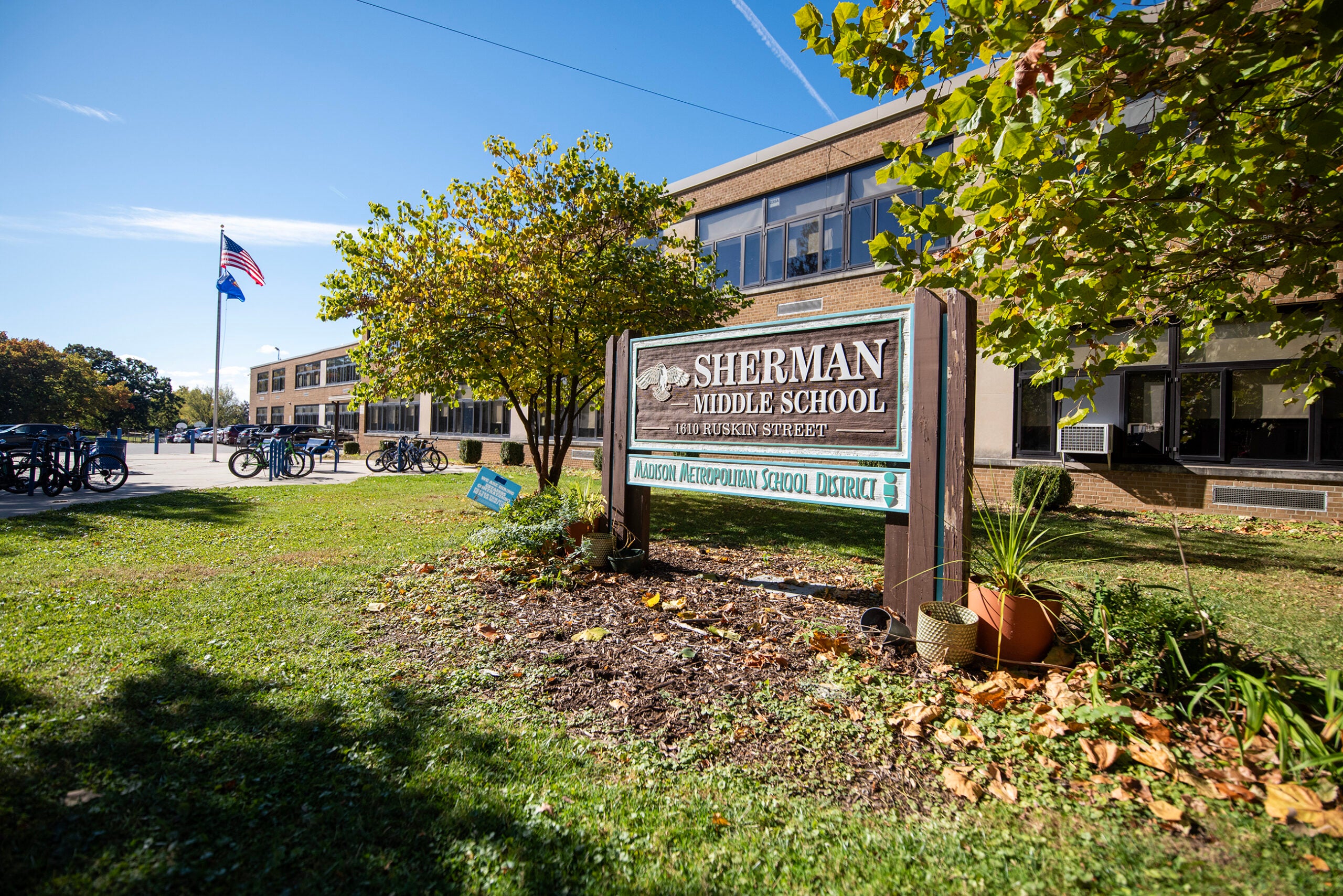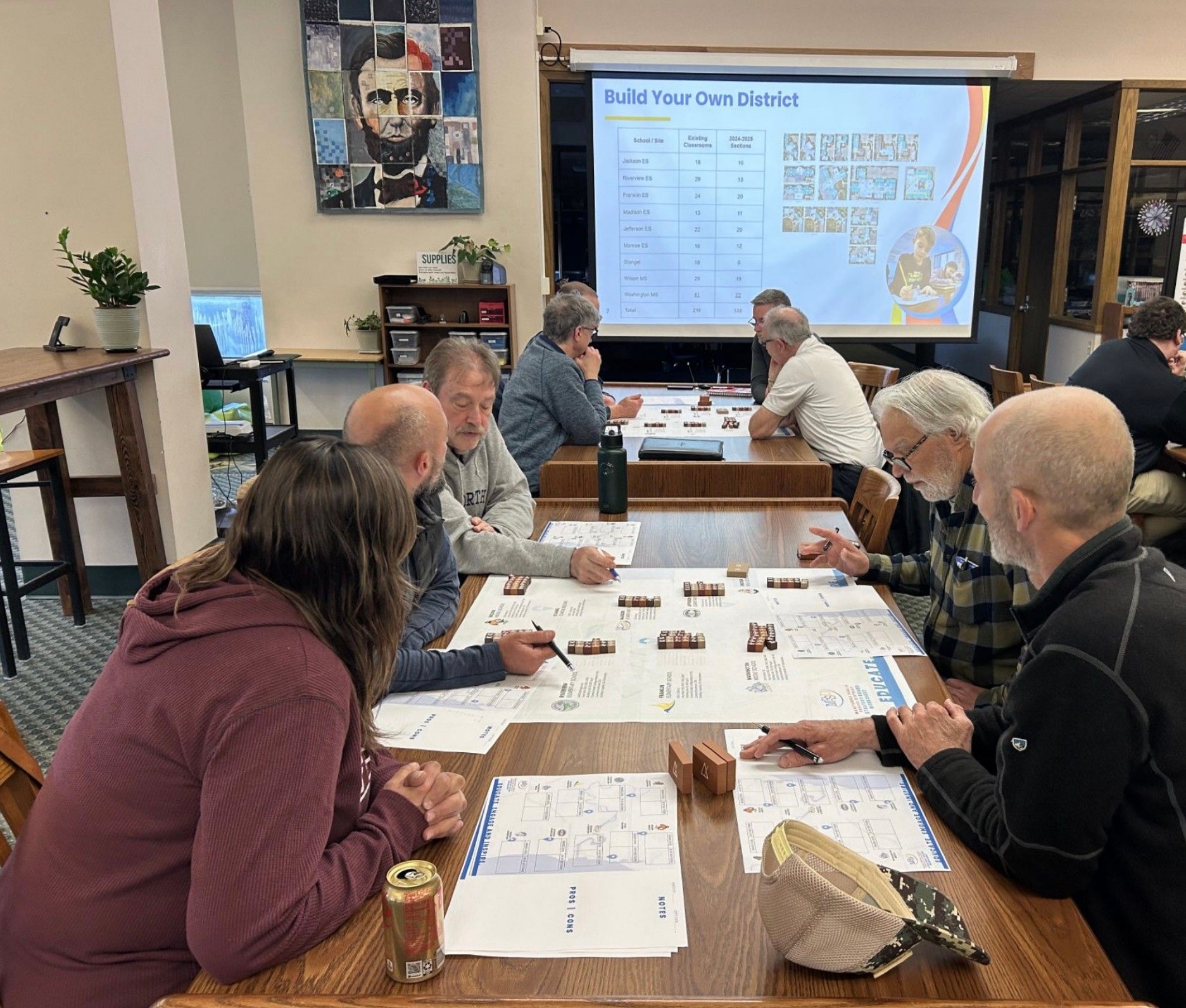As Gov. Tony Evers seeks billions for education, some administrators are proposing to close schools within their districts amid ongoing challenges with declining enrollment and state aid.
Evers is proposing $2.6 billion in state funding for K-12 schools, calling it the largest investment in per pupil aid in more than 25 years. The proposal is $1 billion more than what Evers sought under the last budget, which Republican lawmakers scaled back by roughly $800 million. GOP legislative leaders have already indicated they plan to toss out much of Evers’ plans and write their own budget from scratch.
As Evers unveils his plan, the Wausau School Board voted 7-2 this week in favor of a proposal to restructure the school district. The plan would close five of the district’s 13 elementary schools. The proposal would also merge its two high schools into a junior and senior high campus, as well as reconfigure the district’s middle schools to grades 5 through 7 by fall of 2025.
News with a little more humanity
WPR’s “Wisconsin Today” newsletter keeps you connected to the state you love without feeling overwhelmed. No paywall. No agenda. No corporate filter.
“We’re experiencing a number of challenges — fiscal, declining enrollment, staffing challenges — all those things combined together,” Wausau Schools Superintendent Keith Hilts said. “And while the Wausau School District is a very good district, we believe that we can be much better if we consolidate our resources, if we merge our elementaries and if we create a single high school from our current to high school structure.”
According to the district, Wausau schools have lost around 700 students over the last two decades from about 8,600 students in the 2002-03 school year to 7,873 students for the current academic year. The loss of students has decreased the amount of aid under revenue limits by $7 million each year moving forward.
Wausau isn’t the only district looking at closing schools. The Superior School District recently announced officials are beginning to review whether to close one of its six elementary schools.
The district is currently estimating a budget shortfall of $4 million that’s subject to change under the next two-year state budget. Enrollment at Superior schools declined by more than 200 students or 4.5 percent from 2010 to 2020, according to a report prepared for the district. Since then, District Administrator Amy Starzecki said they’ve lost about 200 more students during the COVID-19 pandemic.
A recent report showed the district’s elementary schools have capacity for about 700 more kids than are currently enrolled. As discussions move forward, Starzecki said the district has faced rising costs and raised salaries in order to attract and maintain staff.
“Any state, sustainable revenue has not been provided to us to be able to offset those costs,” Starzecki said. “So, in general, we’ve seen a significant amount of inflation, and we’ve not received that additional revenue.”
A committee of parents, staff and community members is holding their first meeting this coming Monday to examine closing a Superior elementary school. The committee will make a recommendation to the school board, and any changes wouldn’t take effect until the 2024-25 school year.
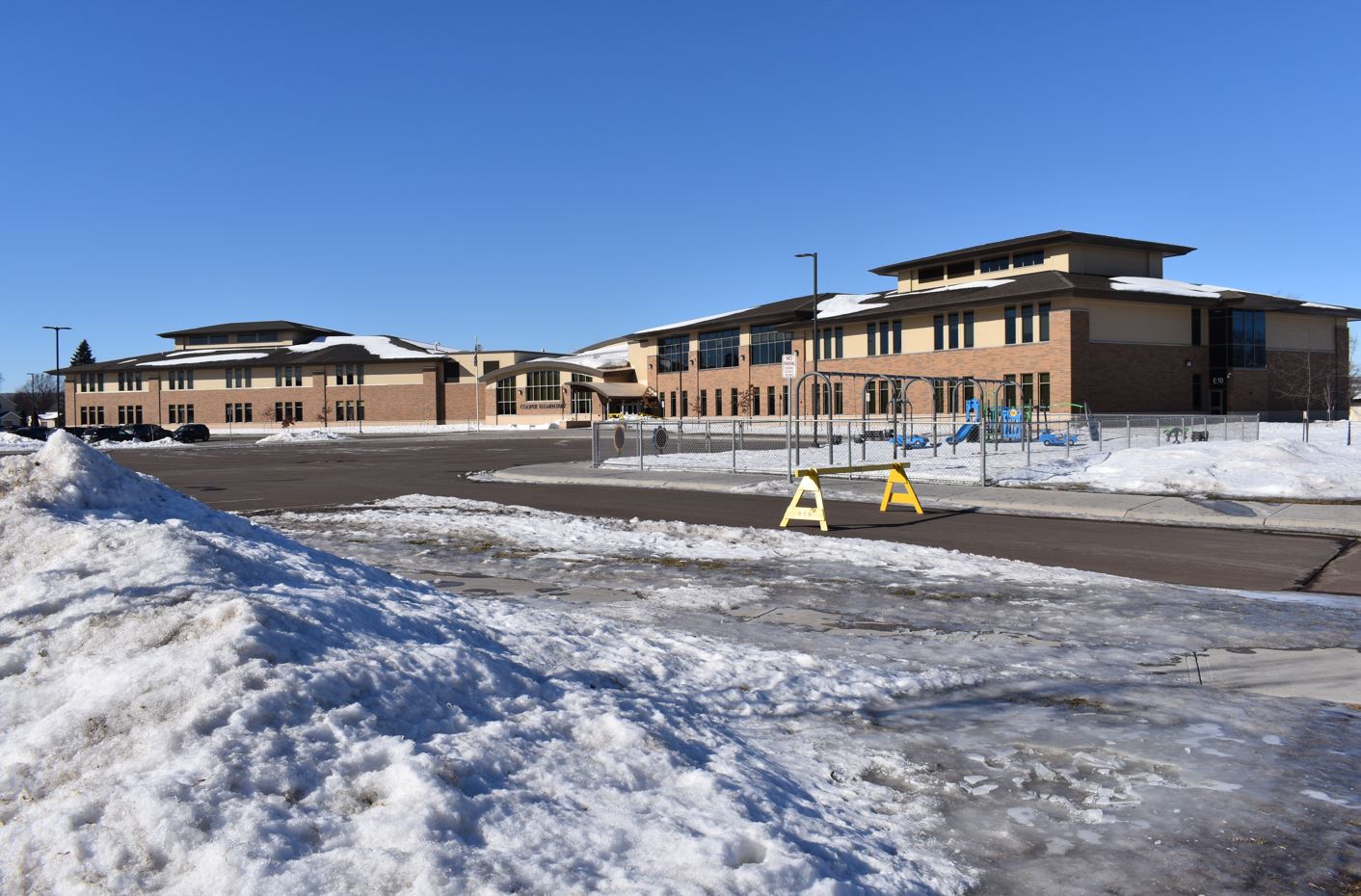
‘Something’s gotta give’
The challenges Wausau and Superior schools are facing are driven by a broader trend with declining enrollment in Wisconsin due largely to fewer births. In 1997, enrollment at public schools peaked with children of the baby boomers, but the graduation of those older millennials gave way to a smaller group of students entering school. Wisconsin’s youth population made up 1 in 5 residents in 2020 compared to 1 in 4 residents three decades earlier.
“We saw a peak in births in 2007. We had almost 73,000 births in the state, and ever since that time, every year, it has been decreasing,” Sarah Kemp, researcher at the Applied Population Lab at the University of Wisconsin-Madison, said. “We had a slight increase in 2013-14, but then it started to decline again. So, over the course of these years, if you just continually see a decline in births, you’re going to see fewer and fewer kindergarteners in school.”
Since the 2013-14 school year, Kemp said public schools have seen a gradual enrollment decline each year of about 0.2 percent followed by a 3 percent drop in enrollment for the 2020-21 school year due to the pandemic. More recently, she said only more suburban districts have seen increasing enrollment while enrollment in urban and rural areas has been declining.
Under Evers’ proposal, schools could receive $1,000 more per student over two years — $350 in the first year and $650 in the second year of the budget. While it would help, Hilts said district officials estimate Wausau receives about $3,000 per pupil less than it would have if payments had been tied to increases in inflation since 2011.
Since 2000, some school districts around the state have opted to consolidate to save costs and deal with declining enrollment, with nearly a dozen school districts consolidating into five. Combining or closing schools within districts is more common, according to Dan Rossmiller, government relations director with the Wisconsin Association of School Boards.
He said the decision to close schools is a difficult one for local boards. Rossmiller noted young families often buy homes based on where their kids may go to school and the commuting time. Communities may also struggle with fears of losing students to neighboring districts when they close schools.
As dozens sought referendums last year to raise funds, Rossmiller said the possibility of closing a school makes it more difficult for them to pass.
“If it’s an unpopular one with the people in the neighborhood or community surrounding that school building, they often are unlikely to vote for more money for the school district because of the hard feelings that creates,” Rossmiller said.
Last April, voters approved a roughly $120 million referendum for Wausau schools. Kasha Oelke is a parent from Rib Mountain whose 13-year-old son attends John Muir Middle School in Wausau. She feels there’s been a lack of transparency from the district, noting officials previously said the referendum wasn’t about closing schools.
“Then it turns out that the additions are for the schools to merge,” Oelke said. “So a lot of people just don’t have trust in what is actually going on.”
On Tuesday, the Wausau School Board revised the restructure proposal so that it wouldn’t reallocate money from the referendum to pay for additions at Wausau West High School. Even so, Oelke is still concerned about overcrowding at Wausau West and how closing schools may increase bussing times to more than an hour. School officials say that’s already happening in some cases.
Other parents have expressed concerns in the past and more recently about how closing some schools may target economically disadvantaged students. Others worry closings would reduce opportunities for kids to take part in sports and theater.
Superintendent Hilts said they feel the proposal would grow opportunities for students, as well as improve service to families and make the district a more attractive employer. He added initial estimates indicate the district could save about $20 million over the next decade.
As costs climb for districts and buildings age, Rossmiller said schools can’t plug gaps indefinitely.
“We have the highest inflation rate in 40 years, and yet our revenues are frozen,” Rossmiller said. “So, something’s gotta give.”
Wisconsin Public Radio, © Copyright 2025, Board of Regents of the University of Wisconsin System and Wisconsin Educational Communications Board.

